Last summer, I stumbled upon the most peculiar sight while hiking in rural Nevada: tiny owls peering out from holes in the ground!
These charming creatures were burrowing owls, one of Nevada’s most fascinating native birds.
Unlike their tree-dwelling cousins, these pint-sized predators have adapted to life underground in Nevada’s arid landscape, developing unique behaviors and survival skills that make them true desert specialists.
1. Underground Real Estate Moguls
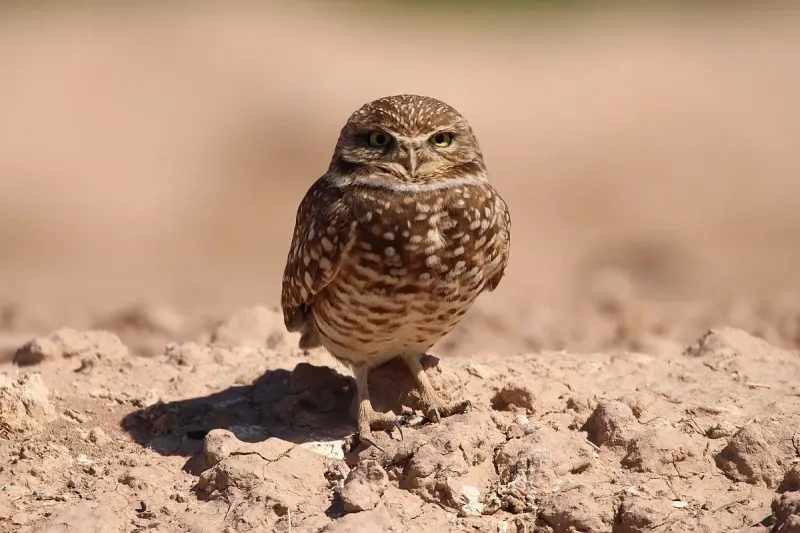
Forget tree nests! Nevada’s burrowing owls are subterranean specialists, making their homes in abandoned prairie dog, ground squirrel, or badger burrows. These feathered realtors don’t just move in – they renovate extensively.
Using their beaks and talons, they’ll widen chambers, create additional rooms, and line their underground mansions with materials like dried grass, feathers, and even cow manure. The cow pies aren’t just decorative – they attract insects for easy meals and help mask the owls’ scent from predators.
A single burrow system can extend up to 10 feet underground with multiple chambers and escape tunnels.
2. Daylight Dwellers Among Nocturnal Kin
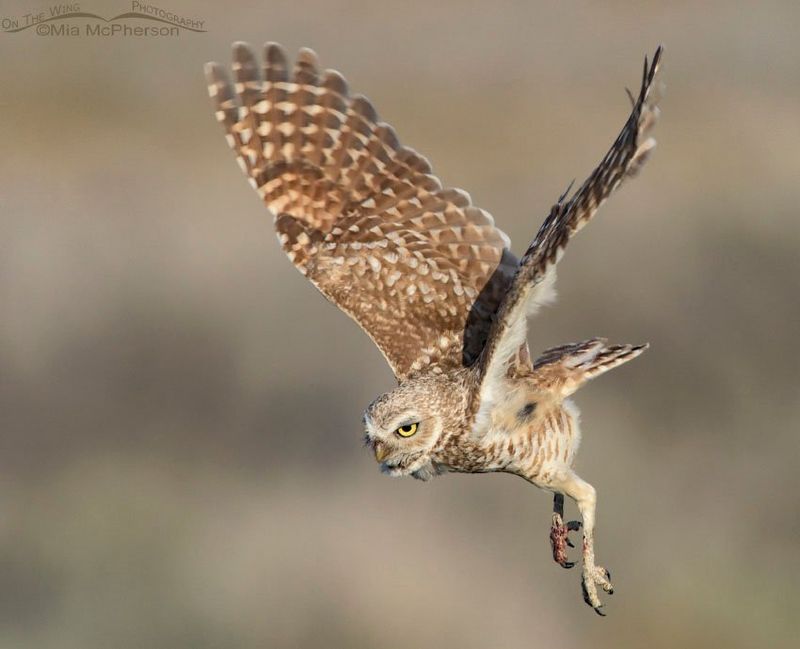
While most owls prowl under moonlight, burrowing owls break family tradition by hunting primarily during daylight hours. You’ll spot these rebels patrolling Nevada’s deserts when the sun blazes brightest, snagging grasshoppers, beetles, and small rodents.
Their daytime lifestyle stems from competition… by hunting when other owls sleep, they avoid competing with larger nocturnal relatives. Those large, yellow eyes that seem too big for their bodies? They work overtime, providing exceptional vision in bright desert conditions.
Dawn and dusk mark their most active periods, though they’ll occasionally hunt under moonlight when prey is plentiful.
3. Pocket-Sized Predators Pack A Punch
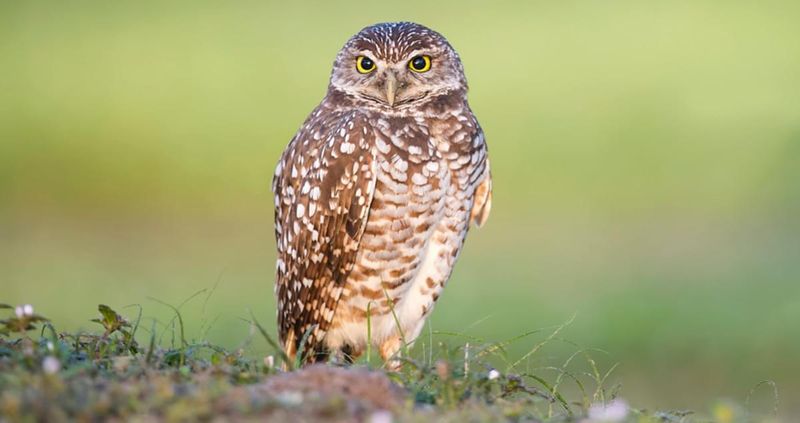
Don’t let their adorable appearance fool you! Standing just 7-10 inches tall and weighing a mere 5-8 ounces (about as much as a baseball) these pint-sized predators are Nevada’s smallest owls. Their diminutive stature belies their hunting prowess.
Despite their tiny frames, burrowing owls are fierce hunters capable of taking down prey larger than themselves. Their diet includes everything from insects and scorpions to lizards, snakes, and even small rabbits!
What they lack in size, they make up for with speed and agility, diving from perches or running along the ground to capture meals with remarkable precision.
4. Stilt-Walkers Of The Owl World
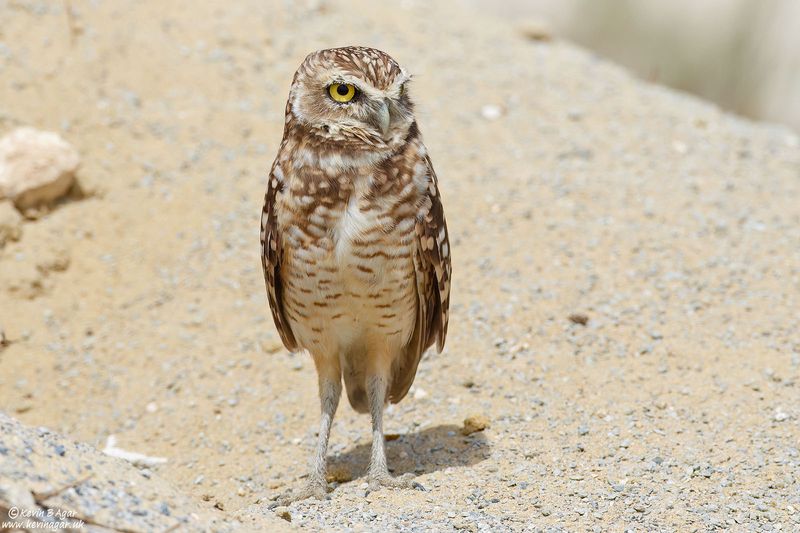
Unlike their stocky owl relatives, Nevada’s burrowing owls strut around on surprisingly long, stilt-like legs. These lanky limbs aren’t just for show, they’re evolutionary adaptations perfectly suited for their ground-dwelling lifestyle.
Those impressive stems allow them to sprint after insects, peer over desert vegetation, and stand tall to spot approaching predators across Nevada’s flat desert landscapes. When startled, they can run at impressive speeds rather than immediately taking flight.
Most remarkably, these legs help them dig and maintain their elaborate burrow systems, kicking out dirt with powerful backward scrapes as they excavate their underground homes.
5. Underground Pantry Preppers
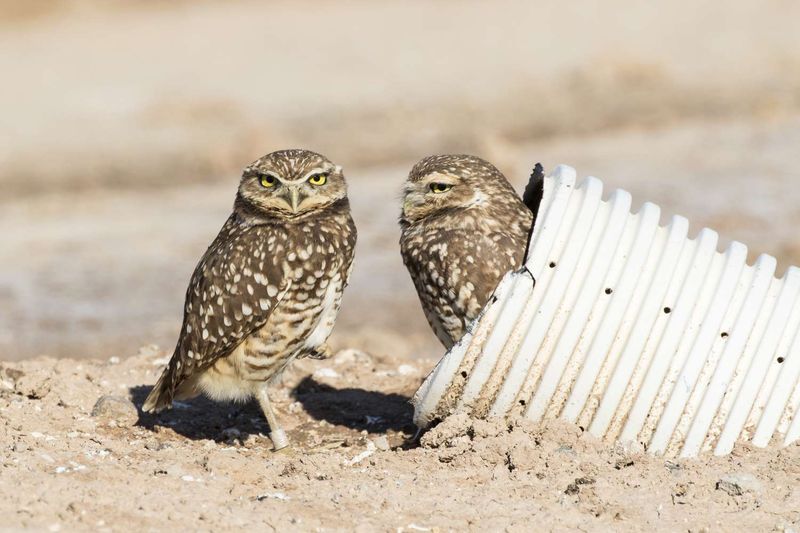
Talk about meal planning! Nevada’s burrowing owls are nature’s ultimate preppers, creating underground food storage chambers stocked with tasty provisions.
Their underground larders often contain dozens of preserved meals, from crickets and beetles to small rodents. The cool, stable temperatures of their burrows help preserve this food, creating a natural refrigeration system that keeps provisions fresh for days.
This hoarding behavior proves essential during harsh weather or when caring for hungry owlets, ensuring the family never goes hungry even when hunting conditions turn unfavorable across Nevada’s sometimes harsh desert landscape.
6. Carbon Dioxide Champions
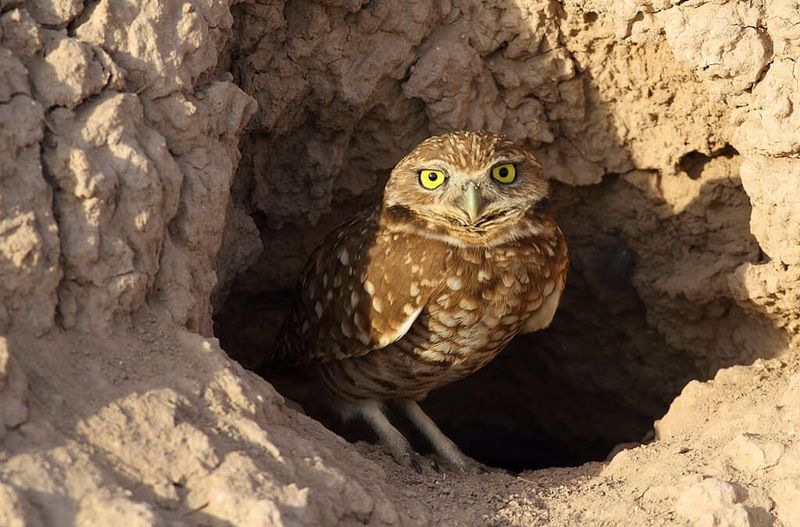
Living underground presents a breathing challenge most birds couldn’t handle. Nevada’s burrowing owls possess a remarkable superpower: an extraordinary tolerance for high carbon dioxide levels that would suffocate their tree-dwelling cousins.
Their specialized respiratory system allows them to thrive in burrows where CO₂ concentrations can reach up to 5% which is ten times higher than normal atmospheric levels! This adaptation enables them to spend extended periods underground without respiratory distress.
Scientists studying this phenomenon believe this unique tolerance evolved specifically to support their subterranean lifestyle, representing one of the most impressive physiological adaptations among North American birds.
7. Rattlesnake Impersonators

When threatened, these clever birds unleash their secret weapon: a spine-tingling rattlesnake impression that sends predators running! Young owlets, particularly vulnerable in their burrows, have mastered a hissing sound nearly identical to a rattlesnake’s warning rattle.
Predators approaching a burrow hear the familiar rattle and typically retreat immediately, not willing to risk a venomous encounter.
Adult burrowing owls complement this vocal deception with a swaying motion that further mimics a coiled snake, creating a multi-sensory illusion that keeps coyotes, foxes and badgers at bay.
